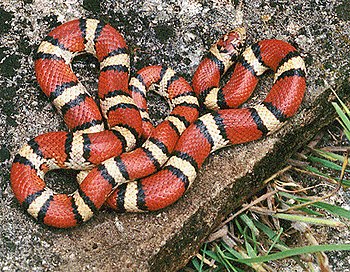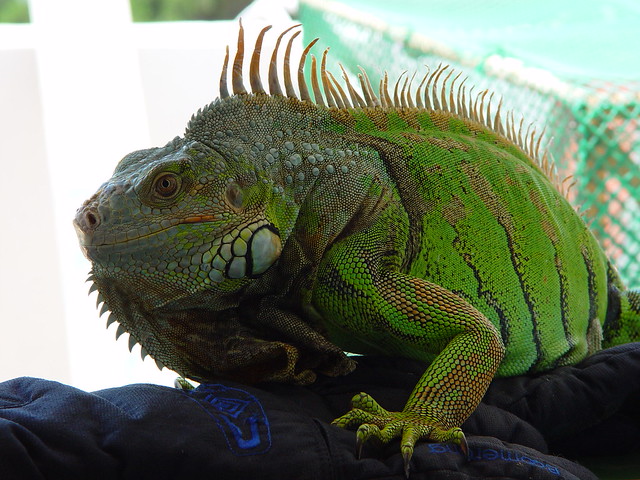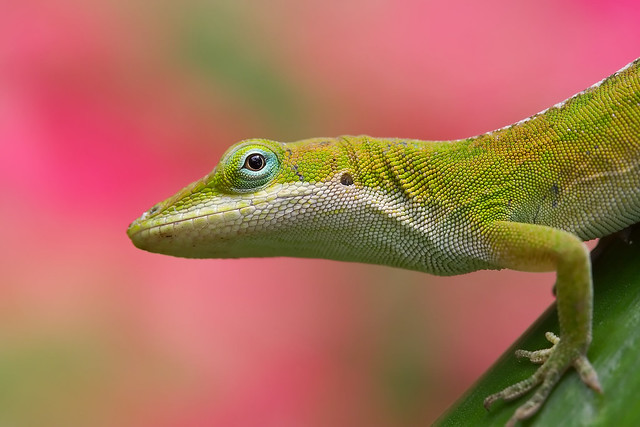(Original Title: Catapult Your Success With These Simple Bearded Dragon Facts)
 |
| Bearded Dragon lizard (Photo credit: Wikipedia) |
The bearded dragon lizard originated in Australia. There are six to seven species of Australian dragons. The most predominant species in the Pogona vitticeps, also known as Amphibolurus vitticeps. Virtually all bearded dragons that have been captively bred have come to the United States from Germany. There have not been any legally exported bearded dragons come from Australia.
The bearded dragon lizard will breed very well in captivity. With a proper egg nesting area and incubation, the female bearded dragon will produce multiple clutches of eggs per year. These captive bearded dragons tend to be healthier than the wild-caught bearded dragon lizards and are often free of pesticides.
Birth defects in captive bearded dragons are rare and most populations survive quite well. Bearded dragon breeding has also produced numerous different colours of bearded dragons, although they are still of the same species.
An early sign of inbreeding causing problems in captively bred bearded dragons is that the bearded dragon will not grow to its full adult size. If you intend to breed your bearded dragons, you should ask your breeder what lines your bearded dragon lizards come from so that you may avoid those lines. Inbreeding also occurs when bearded dragons are sold to pet stores. People buy these dragons not realizing that they are related and then breed them.
Bearded dragons are like any other reptile and they may carry Salmonella. This is a bacterium that causes food poisoning and can sometimes be lethal. This is especially true for children that have an immuno-compromised condition. Careful handling of the bearded dragon lizard will ensure that you remain healthy along with your bearded dragon pet.
Bearded dragons require regular vet checkups as well as. Check with local veterinarians to see if they are familiar with reptiles. If your vet is not, ask him if he can refer to you one that is. You may also check with the Association of Reptile and Amphibian Vets for recommending reptile veterinarians near you.
Bearded dragons will go through a moulting process like other reptiles. The bearded dragon lizard adult may exhibit signs of depression during this phase. They will enjoy a warm bath to help remove their shedding skin.
A warm bath is also another way to make your bearded dragon eliminate before handling him or her. There is nothing worse than having a bearded dragon eliminate in your lap. Before handling, place the bearded dragon in warm water. The warm water will make it eliminate and you will feel safer with your bearded dragon in your lap.
Bearded dragons should have a wide variety of choices in their diet. The bearded dragon should not, however, be fed meat such as beef or chicken. Meat contains too much protein and the bearded dragon will suffer from kidney problems or failures.
Avoid feeding crickets that are too large. Crickets should be no larger than the distance between the eyes of your bearded dragon. Baby bearded dragons should be fed one quarter inch crickets and juvenile bearded dragons may be fed half-inch crickets. These crickets are generally around two-weeks old. Babies will be eager to eat larger crickets but they are unable to digest these and may die from impactions.
Crickets can be tricky to manoeuvre from their box to a cricket holding tank. One method is to place the cricket box in a plastic bag. Open the box in the bag and shake the crickets out into the bottom of the bag. Remove the box and then place the bag in the tank. The crickets should slide easily out of the bag as there is nothing for them to grip onto. This is also a good way to feed crickets to your bearded dragons.
Bearded dragons will change their feeding patterns with age. A young bearded dragon will be ready to eat on a moments notice while the adult bearded dragon may eat one day but not the next. This is especially true during the winter months.
The bearded dragon will be tempted to munch on your houseplants. There are a few houseplants that are okay for the bearded dragon to eat. Plants such as ficus, geraniums, hibiscus, petunias, pothos and violets. There are some houseplants that are treated with systemic pesticides, this means that the plant has taken the pesticide into its system and it will have to grow out to remove the pesticide. This will generally take six to twelve weeks.
These bearded dragon facts should aid you in the care of your bearded dragon. The bearded dragon will live a healthy and long life if it receives proper care and nutrition.
|


















